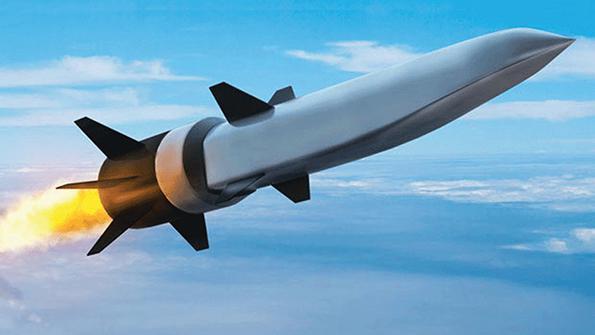
Credit: Raytheon
A Raytheon-built, scramjet-powered, hypersonic cruise missile completed a free flight test last week, recording the first successful test of an air-breathing U.S. vehicle over Mach 5 since May 2013. “This test proves we can deliver the first operational hypersonic scramjet, providing a significant...
Subscription Required
This content requires a subscription to one of the Aviation Week Intelligence Network (AWIN) bundles.
Schedule a demo today to find out how you can access this content and similar content related to your area of the global aviation industry.
Already an AWIN subscriber? Login
Did you know? Aviation Week has won top honors multiple times in the Jesse H. Neal National Business Journalism Awards, the business-to-business media equivalent of the Pulitzer Prizes.





